When Will The Car Shortage End? Tips New 2022
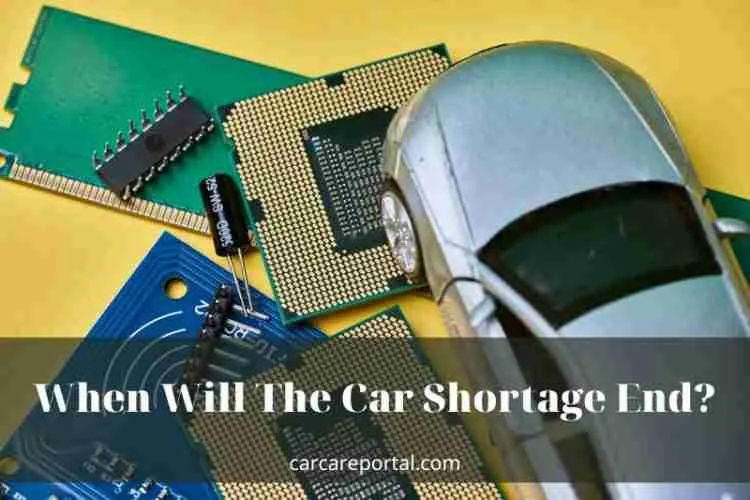
When Will The Car Shortage End? The car shortage has been a problem for many people. There are a lot of people who are looking for a car, but there are not enough cars to go around. The car shortage has been going on for a while, and it does not seem to be getting any better.
The Best Ways to Buy a Car Right Now
Although average costs are now high, some purchasers are nevertheless paying less. You aspire to be one of them.
How? We’ll show you almost a dozen different methods to shop for a car to get the most excellent bargain possible, even in a challenging market.
1. Be patient, even if it is painful.
The first advice is the most straightforward: desire to save money on a new automobile right now? Don’t get one.
The market will return to normalcy. Most analysts predict that the microprocessor shortage will alleviate in the second half of 2022. At that moment, prices will begin to fall.
As a result, repairing your old automobile should be your priority.
According to conventional opinion, there comes a time when putting new components into an old automobile is counterproductive. Something more costly is constantly on the verge of breaking.
According to economists at Kelley Blue Book parent firm Cox Automotive, the average new vehicle payment in December was a stunning $688 per month. At that rate, getting a few more months out of your old vehicle may save you thousands of dollars and allow you to wait for prices to fall.
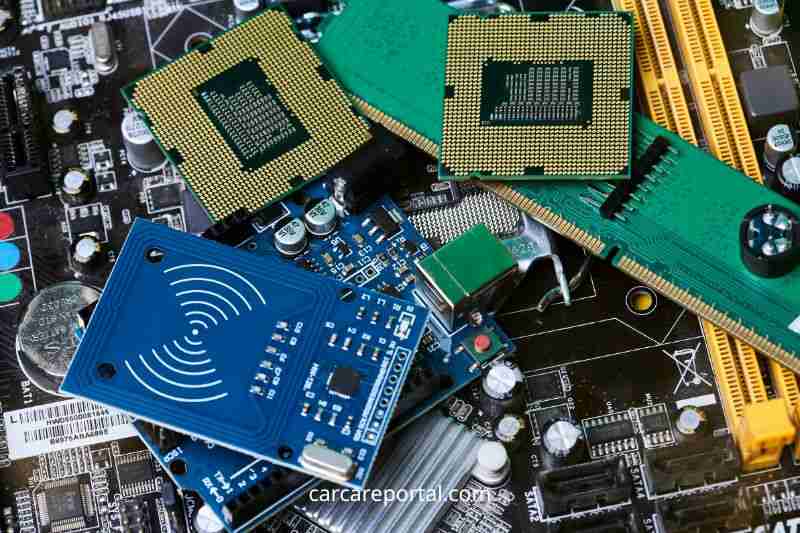
2. Understand What You’re Getting Into During a Shortage
If you must purchase anything, empower yourself with information. Understand that new automobile costs aren’t just at an all-time high; they’ve been breaking monthly records for the last nine months. In the meanwhile, incentives are at a 20-year low.
The typical customer spent about $3,000 less than the retail price in November 2020. The typical non-luxury automobile buyer spent $900 more over the list price in December 2021.
Luxury automobile buyers had it much worse. During the chip scarcity, they spent an average of $1,300 more than the MSRP.
3. Be realistic about your requirements.
Regarding cars, Americans frequently make a costly mistake: they choose unsuitable vehicles for daily usage. For example, a customer may acquire 7-seaters to use the three rows of chairs to transport the whole family on certain occasions but not the rest of the year.
Alternatively, you may spend thousands of dollars more on the all-wheel drive (AWD) since it occasionally snows in your location.
Why not purchase a two-row vehicle and hire a car when the guests arrive? If feasible, why not work from home on snow days? Instead of AWD, why not acquire an inexpensive pair of snow tires?
4. Shop Outside Your Comfort Zone
Consider moving to a different car category based on your more realistic demands. In 2021, Americans purchased more SUVs than automobiles and trucks combined. Today, dealers have more huge automobiles for sale than any other vehicle.
Because of essential supply and demand, you’re more likely to get a decent bargain on a sedan. A big sedan can carry almost as much as an SUV while still being more enjoyable to drive.
5. Think about a Different Brand
News reports have highlighted a scarcity of new automobiles for more than a year. The chip shortage, however, did not affect every dealership similarly.
Some manufacturers experienced a scarcity of new automobiles to market. In December, Toyota dealerships had just 20 days’ worth of vehicles on their lots. The same thing happened in Kia dealerships. Honda dealerships had an average of 21 days of inventory.
Alfa Romeo dealerships, on the other hand, had a 103-day supply. There were 72 Dodge dealers. Jeep dealerships had three times the inventory of Toyota dealerships.
Our perceptions of which brands produce high-quality automobiles are often out of date. According to quality and reliability assessments, most new automobiles nowadays are well-built, with just a modest variance across manufacturers.
6. Consider a lease as a short-term solution.
If brand loyalty is important to you, this year may be the moment to switch your allegiance temporarily. Try leasing another brand if you’ve been a lifetime BMW fan but can’t locate the model you desire due to the chip shortage. You can always purchase the Bimmer when stocks replenish.
Leases have mileage limits. During the COVID-19 epidemic, however, many of us are driving less than ever before. You may find it simple to adhere to the conditions of a lease.
7. Shop Outside of Your Neighborhood
You’d most likely accept if we paid you $2,000 to drive to a neighboring town and return. So why not save $2,000 by traveling to a neighboring city and back?
Dealerships may trade with one another under normal conditions. This makes it quite simple for your local dealer to sell you a vehicle already sitting on another dealer’s lot and arrange for delivery. However, with every dealership running short on automobiles to sell, such deals are becoming more unusual this year. So, utilize the manufacturer’s website to choose a vehicle you desire, even if it’s not close by, and then travel to pick it up.
It’s worth noting that buying outside your state may complicate taxes and registration, but most dealerships should be able to assist you with an out-of-state purchase.

8. Use Your Trade-In to Increase Your Purchasing Power
When used automobiles are plentiful, any two dealerships will most likely give you a comparable sum for your trade-in. That isn’t always the case in this market.
Dealerships aim to retain a diverse selection of used vehicles on the lot, and one may appreciate your trade-in more than another. You may sell your car to one dealership and use the proceeds to purchase another.
So, call and shop your trade-in around to get the best deal. It may require more steps, but the savings will be worth it.
9. Be willing to compromise on color and options during a new car shortage.
It’s easy to be fussy about the color and features you desire when new automobiles are numerous. Because new automobiles are in low supply, you may not be able to get the precise model you desire. Being open to a different color or a few features you may not utilize makes all the difference when selecting a car.
You may even be surprised. Once upon a time, one of our editors “settled” for an orange automobile, only to uncover a secret club of orange car owners who hoot and wave at each other in traffic.
10. Unable to Bargain on Price? Financing should be negotiated.
When discussing the purchase of a new automobile, the out-the-door price is more important than the monthly payment. However, many dealers are unwilling to be price flexible in this environment. They understand that someone else will if you don’t purchase the automobile.
They can, however, negotiate loan arrangements. Before going to the dealership, savvy consumers qualify for outside financing. However, you may always request that the dealer attempt to beat your bank’s loan offer.
11. Think about ordering, but get it in writing.
Car-buying Americans like to drive their new automobile off the lot the day they buy it rather than many months later. In Europe, automobile shopping is seldom done in this manner. Most European vehicle buyers first purchase the exact car they desire, and only then does manufacturing begin.
The American auto business is increasingly becoming the European sector, with purchasers purchasing the automobile they desire and receiving it later. If you have the patience to wait, it may be worthwhile to custom order your new car. Just be sure you acquire the agreement in writing.
Read also: When Will Car Prices Drop? Why Are Used Cars So Popular? 2022
![]()
Why Are Semiconductors Important?
Semiconductors are metalloid elements used to create microchip processors, which are then utilized to create cellphones, TVs, internet routers, home temperature control thermostats, and various other devices. Cars and trucks are increasingly outfitted with electronics, so they, too, have them.
According to Abuelsamid, each automobile has at least two or three microprocessors regulating everything from infotainment displays to fuel management and stability control. According to him, luxury automobiles and cars with high-tech features such as enhanced safety systems and driver assistance features may have 100 or more processors aboard.
Manufacturers sold more than 14 million automobiles in the United States in 2020, up from more than 17 million the previous year, necessitating the production of hundreds of billions of microchips per year.
Even a few years after COVID-19 initially shocked the globe with its shutdowns, pandemic-related manufacturing closures and interruptions in consumer demand remain the primary causes of the chip scarcity.
When automakers shut down manufacturing in 2020, they canceled chips orders to keep employees safe and to deal with a sharp decline in demand for new automobiles.
At the same time, demand for computers and other electronic gadgets increased since people wanted to work and enjoy themselves at home. When vehicle manufacturing restarted and sales increased significantly near the end of 2020, semiconductor makers could not keep up with the surge in demand.
To make things worse, a massive snowstorm in Texas and a fire at a chip facility in Japan in early 2021 further stressed the semiconductor supply chain. And more recently, the conflict in Ukraine has affected the supply of neon gas, which is widely utilized in the semiconductor production process, according to Abuelsamid. Ukraine provides around 60% of the world’s neon.
“Chip vendors claim they have considerable inventories of neon,” he adds, “so there may not be much of a short-term effect beyond the present shortages.”
So, where does this leave the consumer? According to Abuelsamid, firms that have not previously provided semiconductors to the car sector are now volunteering to assist. And major chipmakers, such as TSMC, are expanding their manufacturing facilities.
However, Abuelsamid believes it would take more than a few months for chip producers to catch up with the current demand for new automobiles.
Making problems worse is the semiconductor industry’s esoteric nature, which is experiencing supply bottlenecks as the handful of businesses who provide equipment for their production facilities, known as fabs, compete to satisfy rising demand on their end.
According to Abuelsamid, it will take time for the advancements being made by semiconductor firms to have a meaningful influence on the supply of new automobiles.
“It’s probable that auto customers will spend more for new cars, at least until 2022, and maybe longer,” he predicts. “Most automakers are experiencing production cutbacks, which implies fewer new models on dealer lots.” Low inventory implies fewer or no discounts or incentives on new autos.”
As a result, customary reductions on the window sticker price have been more challenging to find and have traditionally been lesser. According to Consumer Reports, several automobiles sell far more than the manufacturer’s recommended retail price.
CR members may use our monthly best new-car bargains to find cars that perform well and have significant reductions. The automobile model pages provide information on local transaction pricing, which is useful when bargaining.
The silver side is that, as a result of the epidemic, this is a perfect moment to sell an automobile. Analysts argue that rising costs and a limited supply of new automobiles have driven many customers into secondhand cars, making them rare and pricey. To put it another way, it’s a seller’s market.
What is the cause of the chip shortage?
During the early phases of the coronavirus epidemic, automakers canceled semiconductor orders. When the economy began to develop, obtaining those materials became very difficult since they had already been allocated to consumer devices by international chip vendors.

When Will The Car Shortage End?
According to analysts, stockpiles may not recover to pre-pandemic levels until 2023. Many chip suppliers are situated overseas, making it difficult for the United States to produce different semiconductors at home. While the government is working to make this happen, it will take time.
On January 25th, 2022, the United States Department of Commerce announced that the median inventory for semiconductor chips had dropped to only five days’ supply, down from 40 days before the pandemic. Major semiconductor firms do not anticipate the situation to improve in the next six months.
On February 4th, the United States House of Representatives enacted the America Competes Act of 2022, which included $52 billion in chip manufacturing and research subsidies and $45 billion to assist in alleviating supply chain issues. Before it can be signed into law, the Senate must pass the measure.
Toyota said on February 14th that it would reduce March’s automobile output by up to 200,000 cars worldwide owing to supply chain difficulties. This might harm cars like the Lexus NX, Toyota C-HR, and others. Other delays included a trucker strike in Canada and a massive earthquake in Japan.
Some manufacturers have taken advantage of the situation to make significant adjustments. Ford, for example, is reducing the number of car variants offered by dealers by up to 80%, which may encourage more purchasers to make an order. Honda intends to normalize lower inventory levels to minimize expenses and boost dealer revenues.
Read more: Can You Lease A Used Car? Leasing vs. Buying: Tips New 2022
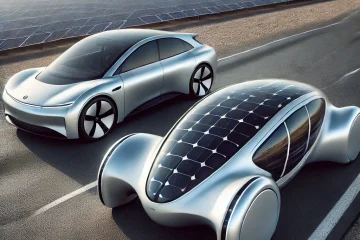
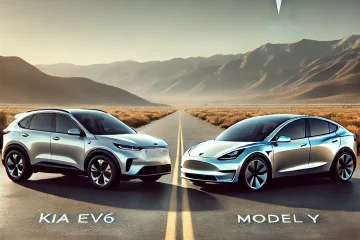
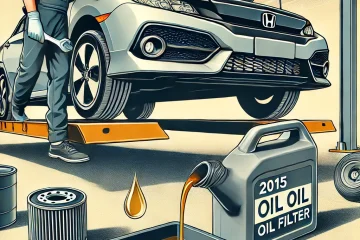
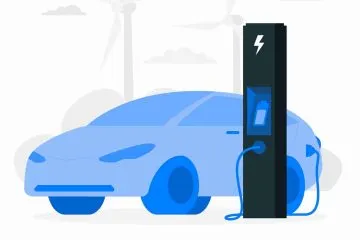




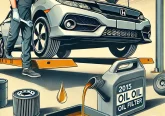




No Comment